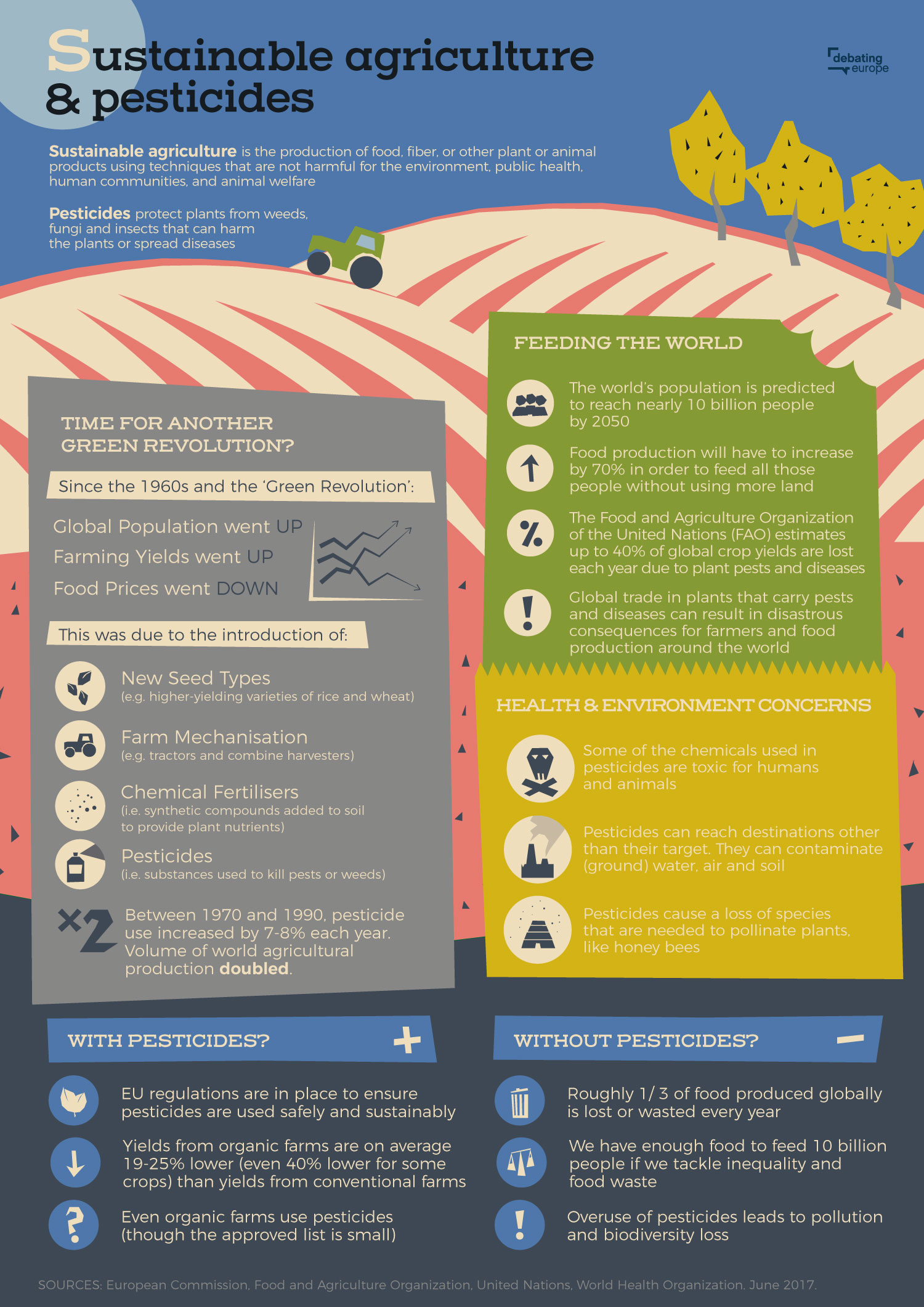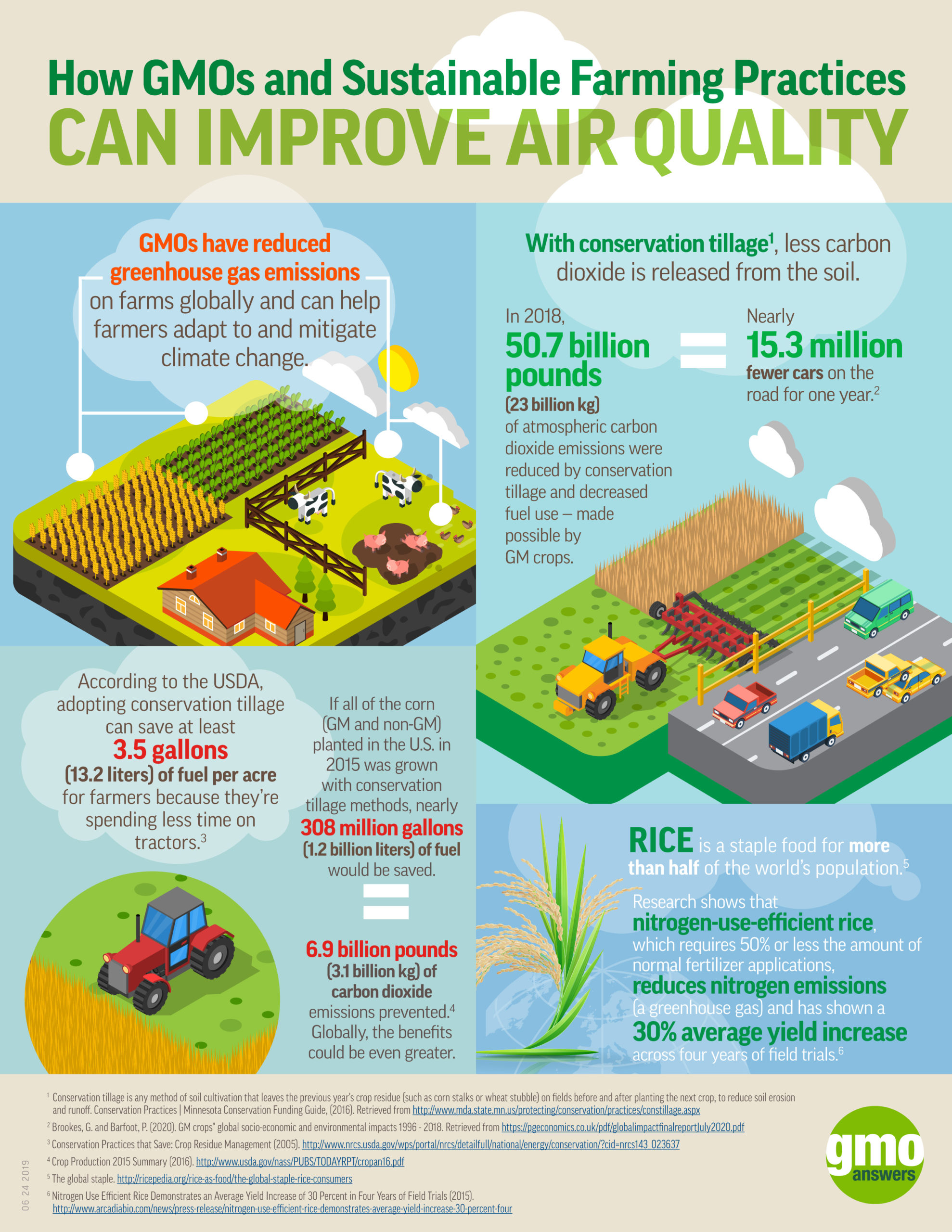For better or for worse, the game of sustainability has changed altogether. It can not just be achieved by restricting oneself to inflict less harm to the very soul of Nature, rather we need to focus more on doing good to the very environment we live in.
We have realized that lately and consequently, most of the countries are trying their best to discover ways to achieve the same. The pandemic may have shaken our systems to the very core and have woken us from the deep slumber.
Sustainability talks of the extension of environmental benefits to our future generations those may be deprived of its inherent benefits but here the onus is not just for preserving it for them but for our immediate future that may leave us with no other option but to mitigate. Adaptation is no longer available to us rather mitigation has been our only option.
According to a recent report by World economic forum, Agriculture has been seen as prominent threat for our Earthly forests and thereby triggering global warming even further. To stop changing the face of Earth, we have to change our ways of leading life, especially agriculture.
India has taken a considerable lead in this directing by launching and implementing National Mission for Sustainable Agriculture under the National Action Plan on Climate Change (NAPCC) since the year 2014-15.
It involves ensuring food security and eliminating hunger, equitable access to food resources, enhancing livelihood opportunities for all and contributing to economic stability at the national level.
The Government of India brought in the National Mission on Sustainable Agriculture during the Twelfth Five Year Plan to transform Indian agriculture into a climate resilient as well as sustainable production system through suitable adaptation and mitigation measures across the country.
Objectives of the mission:
- Promoting agriculture/cultivation based on the location and its contents including Soil Health Management (SHM).
2. Embolden integrated farming techniques involving crops, livestock & fishery, plantation and pasture based composite farming for enhancing livelihood opportunities along with minimizing risks from crop failure through supplementary/ residual production systems.
3. Spreading on-farm as well as off-farm resource conservation schemes supporting mitigation efforts during an extreme climatic events or disasters like prolonged dry spells, floods etc.
4. Consolidating water use efficiency with demand and supply side management solutions like drip irrigation & sprinkler techniques, efficient water application & distribution system through better canals, secondary storage like reservoirs during surplus rain season etc.
5. Work in close tandem with ‘Per Drop More Crop (PDMC)’ component of Pradhan Mantri Krishi Sinchayee Yojana (PMKSY).
6. A database is proposed on soil resources through comprehensive land use survey, soil profile study and soil analysis with stress on soil-specific crop management practices
7. Optimization of fertilizer-pesticide use and promotion of integrated nutrient management practices for improving soil health, enhancing crop productivity and restoring land-water quality eg Integrated Nutrient Management (INM)
8. Cluster/village development plan along with insights from NGOs, technical and relevant experts.
Therefore its broad components are:
Why do we need such a system?
Economic reasons: Indian agriculture is predominantly rainfed, enclosing about 60% of the country’s net sown area but accounts for only 40% of the total food production. This necessitates the conservation of natural resources in tandem with development of rainfed agriculture.
This can only be able to meet the burgeoning demands for food grain in the country. A developing country with significantly fertile population needs to feed its population but without jeopardizing with the needs of Mother nature.
Ecological reasons: The mission looks for a sustainable development pathway by adopting a gradual shift to environmental friendly technologies, adoption of energy efficient systems, imbibition of renewable resources, holistic conservation of natural resources, integrated farming, etc.
Social reasons: the effects may be seen in longer term as these sustainable techniques may lead to upliftment of the families involved with agriculture. Agriculture alone accounts for 18 per cent of India’s gross domestic product (GDP) but provides employment to more than 50% of the country’s workforce directly and indirectly. The welfare schemes in agriculture can lead to emancipation and further prosperity of greater proportion of people.

Achievements of the mission:
3.42 lakh ha of area has been successfully brought under Integrated farm development.
The Mission Document contains various strategies and programmers of actions (POA) and have got the ‘in principle’ approval by Prime Minister’s Council on Climate Change (PMCCC).
Through expert assistance, the vision enshrined in the scheme has been embedded and mainstreamed into the numerous ongoing/proposed Missions/programmes/Schemes of Dept. of Agriculture & Cooperation (DAC&FW) through restructuring, subsuming or convergence for its successful implementation through community-based approach for all the governed resources.
Sustainable farming and the methods involved:
Crop rotation: helps prevent pest problems and enhance better availability of soil nutrients through cycling.
Polyculture farming: Multiple species grown in the same area, creating high biodiversity making them more resilient to weather and temperature fluctuations.
Permaculture: growing food without tillage or disturbance to original soil arrangement, creating herb and plant spirals, keyhole and mandala gardens, creating swales on contour to hold water high on the landscape in case of certain crops.
Biodynamic farming: includes practices such as composting, using animal manure from farmed animals, cover cropping etc.
Integrated pest management: relying on biological methods rather than chemical of pest control using biocontrol agents such as ladybirds.
Agroforestry: preferable in dry regions with soils susceptible to desertification. Patches of trees and shrubs are grown along with grazing land, combining both forestry and agricultural practices for long-lasting, productive, and diverse land use. This helps to maintain acceptable local temperatures, stabilize soil and soil humidity, minimize nutrient runoff, and protect crops from wind and heavy rain, thereby acting as natural barriers.
Isn’t Sustainable agriculture just another target, what does it hold within? What are its roles?
Ensuring food security: The right to food is a basic human right that can be assessed on the lines of availability, access, stability and utilization.
World leaders at the 2012 Conference on Sustainable Development (Rio+20) has reaffirmed the same. Although progress has been made in reducing chronic hunger, undernourishment still affects a staggering 793 million (2015) people worldwide.
Guaranteeing fair and equitable access to resources, rural economic empowerment and employment opportunities are key to overcoming hunger and food insecurity. Diminishing food productivities, reducing land size leading to more marginal and small farmers into farming, poor implementation of economies of scale constitute the recent scenario.
Agriculture can serve both a cause and solution to environmental problems as it must become more productive and less wasteful. Noting the expected changes in temperatures, precipitation and diseases associated with climate change, the global community is stressing on the need to increase investment in research, development and demonstration of technologies to improve the sustainability of food systems everywhere.
Building resilience of local food systems is mandatory to avert any large-scale future shortages and to ensuring food security and good nutrition for all.
Health and Nutrition: Malnutrition in all of its forms – macro and micronutrient deficiencies, obesity and diet induced non-communicable diseases (NCDs) are one of the greatest impediments to human and national development. It seriously impacts human productivity and cognitive abilities.
Sustainable farms foster foods generally rich in vitamins and mineral content and are less adulterated to ensure best standards.
The Scaling-Up Nutrition (SUN) Movement incorporated five years ago offer strategies that link nutrition to agriculture, clean water, sanitation, education, employment, social protection, health care and support for resilience.
Nurturing biodiversity: A sustainable farm has it all, different kinds of plants and animals take refuge within its garb. Rotating plant species lead to significant shift in incumbent ecosystems. Along with these methods, Sustainable farming promotes animal husbandry that improves animal nutrition, reproduction, herd health, and grazing management leading to specie’s overall growth and diversifying farmer’s income.
Renewed life for planet: many experts believe that when the Earth’s population reaches 9 billion, many of our natural resources if not depleted, will require alternative sustainable solutions. This buys us just 40 years to make a change towards sustainable lifestyles in preserving our agriculture and food sources in skillfully managing the planet.
Controlling pollution and limiting global warming: With no trickling down of harmful pesticides-fertilizers deep into the soil and groundwater, the water quality is best maintained in the water table. Due to lesser methane, carbon and other GHG emissions, the air is also least degraded around a sustainable farm.
With decreased emissions from a bigger culprit i.e. agriculture, there will be a supposed reduction in global warming. This will be exemplary to the goals undertaken by The Paris Climate Agreement to limit Earth’s temperature to 2 degrees and may be even further to 1.5 degrees.
Sustainable practices lead to lesser water wastage and controls erosion of soil that can subsequently deplete the soil of its top layer, eroding the soil nutrients too.
France: someone to learn from
France undertakes aggressive measures to tackle food wastage, promote healthy organic lifestyles and adopt eco-farming techniques. It has topped the Food Sustainability Index, by the Economist Intelligence Unit and the Barilla Center for Food & Nutrition Foundation.
It has introduced a legislation in 2016 that requires supermarkets to redistribute leftover food to charities in addition to a set of proposals published in 2015 against food waste.
The country is looking forth with an agroecology policy to shift agriculture towards an integration of economic, environmental and social performance. It even expects all its farmers to agree and commit to the concept by 2025.
There are several impediments to the complete achievement of Sustainability in agriculture: One of the biggest threats is the unpredictability and complexity of the environment itself that encloses abundant mysteries within.
Any relevant policy may engage distributed and wider consensus but gaining it becomes extremely difficult in a mean world.
Transferring technology to enrich sustainability may require deep research that may not become beneficial in the long run and may be abandoned altogether in lieu of short- term gains without proper envisage.
But when Nature question our motives through a hundred challenges, no doubt it offers us thousand ways to deal with the same and reaffirm our goals through even harder sustained efforts.
India is moving towards a greater goal; streamlining Agriculture on the lines of sustainability is a meaningful step in this direction. We shall strive to make our planet a better place that does not need protection from Us Humans but provides a sustainable and inclusive habitat for all.




